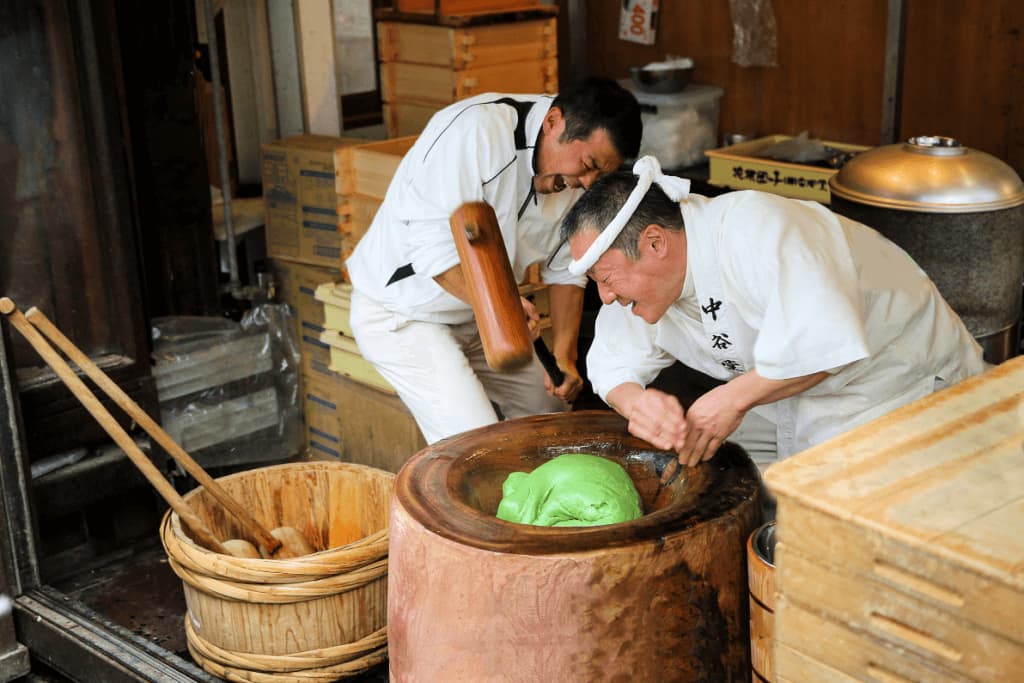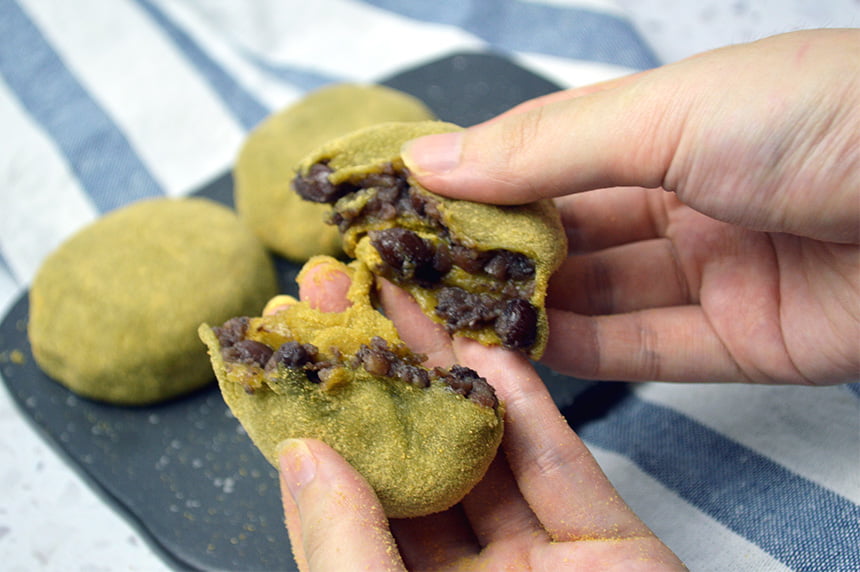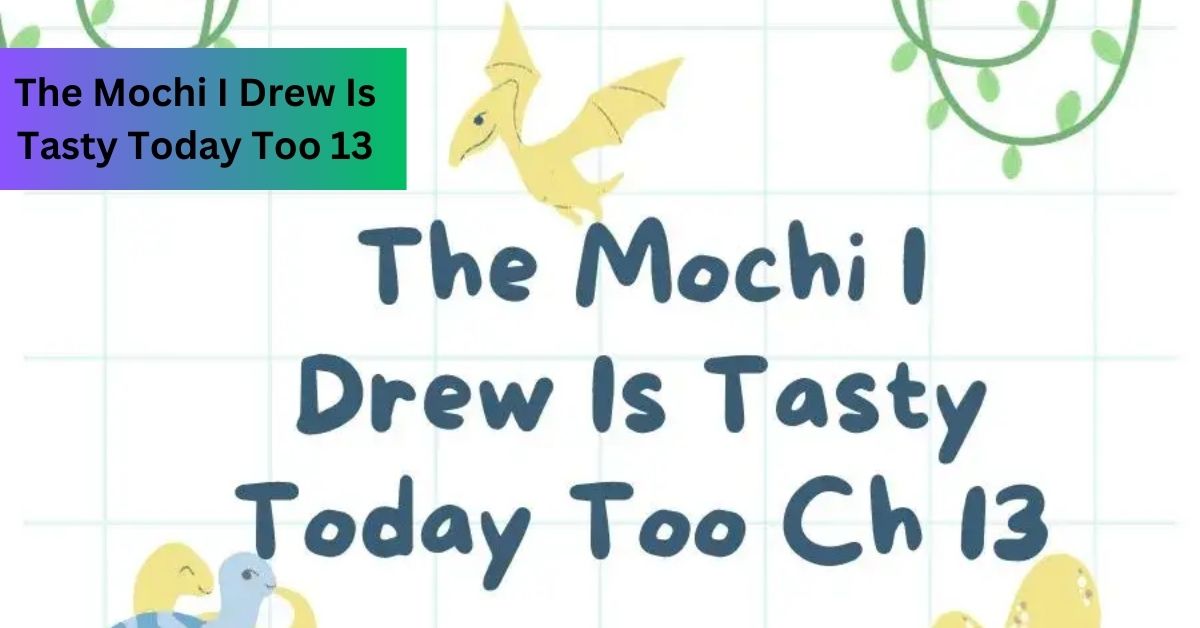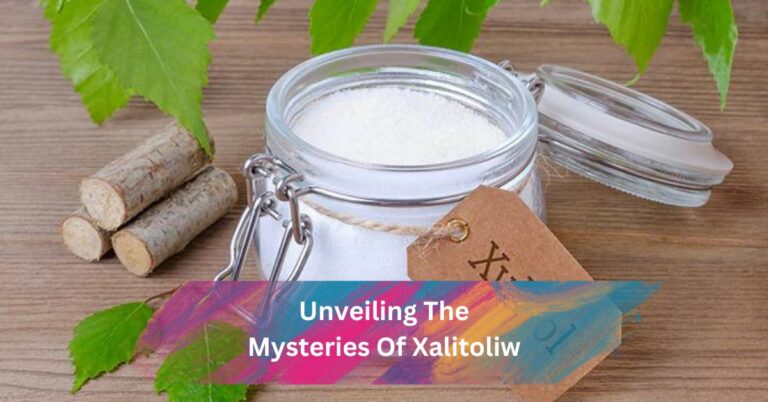Today’s homemade mochi is a tasty masterpiece—hooked on flavor with the 13th delightful creation.
Mochi, a delightful Japanese treat known for its soft and chewy texture, has captured the hearts and taste buds of people all around the world. This article delves into the fascinating world of mochi making, uncovering the tradition, techniques, and creativity behind this beloved delicacy.
Writing an article is like opening a door to new ideas and adventures. It lets you share your thoughts in a fun way, explore exciting topics, and show your unique style.
The Delightful Tradition of Mochi Making – Let’s Explore!
Mochi-making dates back centuries in Japanese culture. Its origins can be traced to the Nara period (710-794) when it was considered a sacred food, offered to the gods during religious ceremonies. Over time, mochi-making developed into a cherished ritual, often performed during special occasions and festivals.

Beyond its religious roots, mochi holds a significant place in Japanese society. It symbolizes unity and brings people together, as families and friends gather to participate in the lively process of mochi pounding.
The sound of the wooden mallets rhythmically pounding the rice is not only music to the ears but also signifies bringing good luck and warding off evil spirits.
Ingredients And Tools For Crafting Delicious Mochi – Let’s Get Started!
- Crafting delicious mochi requires a few key ingredients and tools. The star of the show is glutinous rice, also known as sweet rice or sticky rice.
- This short-grain rice variety holds the secret to achieving the chewy texture that makes mochi so enticing. To transform the rice into delightful mochi, you’ll need a few essential tools.
- A traditional mortar and pestle called a “usu” and “kine” are used for pounding and mashing the cooked rice into a smooth, elastic dough.
- Alternatively, modern appliances like rice cookers and food processors can make the task more convenient, but purists may argue that using traditional tools adds an authentic touch to the experience.
Read Also: On Vshred Reviews – My Honest Survey!
Making Traditional The Mochi I Drew Is Tasty Today Too 13 – Step-by-Step Guide!
Now, it’s time to roll up our sleeves and dive into the fascinating process of making traditional mochi. To start, the glutinous rice is soaked, cooked, and then pounded until it transforms into a smooth, sticky, and elastic dough.
This step requires patience and a bit of muscle, as you rhythmically pound the rice, channeling your inner mochi master.
Preparing the Mochi Dough:
Once the mochi dough has reached the desired consistency, it’s time to shape it into various forms. Popular shapes include round balls, flat squares, or filled with sweet fillings like red bean paste or strawberries.

The possibilities are endless, and this is where you can unleash your creativity. Just remember, mochi-making is an art, and imperfections only add to its charm.
Techniques for Shaping Mochi:
To ensure the mochi is cooked to perfection, it can be either steamed or boiled. Steaming offers a gentle and even heat while boiling provides a slightly chewy texture. Whichever method you choose, the result will be a delectable treat that is sure to satisfy your taste buds.
Steaming or Boiling Mochi:
So, why not embark on a mochi-making adventure? Channel your inner mochi connoisseur, gather your loved ones, and create memories as you partake in this delightful culinary tradition.
Remember, in the world of mochi, creativity is encouraged, so feel free to experiment with flavors and shapes. After all, as the saying goes, “The mochi I drew is tasty today too.
Innovative Flavors and Fillings for Mochi – Let’s dive in!
Mochi comes in a wide variety of flavors, satisfying the taste buds of both traditionalists and those seeking adventurous flavors. From classics like red bean and matcha to more modern flavors like strawberry and mango, there’s a flavor of mochi for everyone.
While traditional fillings like sweetened red bean paste remain popular, there’s a whole world of unique fillings waiting to be discovered. Imagine mochi filled with creamy custard, decadent chocolate ganache, or even refreshing fruit purees.
And why stop at one filling? Some mochi connoisseurs have experimented with combining multiple fillings to create unexpected flavor combinations.
Read Also: Ulcuprazol – A Breakdown Of Its Composition, Mechanism Of Action, Uses, And More!
Presentation and Decoration Techniques – Let’s decorate together!
Decorating Mochi with Kinako or Matcha:
Presentation is key, even with a humble treat like mochi. Sprinkling kinako (roasted soybean flour) or matcha (green tea powder) on the surface of mochi not only adds an appealing visual element but also enhances the flavor.

The contrasting colors and textures create a delightful experience for both the eyes and the taste buds.
Using Mochi in Other Dessert Creations:
Discover the endless possibilities of incorporating mochi into your dessert creations. Elevate your ice cream experience by enveloping a scoop of your favorite flavor in a delectable and chewy mochi layer.
Alternatively, unleash your creativity by incorporating chopped mochi into cakes, cookies, or even milkshakes. Unleash the transformative power of mochi and witness how it can revolutionize your beloved desserts.
Mochi Etiquette and Cultural Significance – Unlock the Secrets!
Mochi in Festivals and Celebrations:
Mochi holds a special place in Japanese culture and is often associated with festivals and celebrations. For example, during the traditional New Year festivities, mochi is made by families and enjoyed together.
It is believed to bring good luck and symbolizes the hope for a prosperous year ahead. Understanding the cultural significance of mochi can deepen your appreciation for this beloved treat.
Proper Mochi Eating Etiquette:
Eating mochi may seem simple, but there are a few etiquettes to keep in mind. First, it’s considered polite to take a small bite rather than trying to fit the whole piece in your mouth. Mochi can be quite sticky, so be sure to chew it thoroughly before swallowing.
And finally, if you’re offered mochi during a traditional ceremony or gathering, it’s customary to accept it with both hands as a sign of respect.
Read Also: How To Crack Your Ankle – Unlocking Relief!
Serving Suggestions and Pairings -Let’s serve up joy on a plate!
While mochi is enjoyable on its own, there are traditional ways to elevate the experience. Try grilling plain mochi until it becomes slightly crispy on the outside while remaining soft and chewy on the inside.

Another option is to wrap mochi in a sheet of nori (seaweed) for added flavor and texture. These simple serving suggestions can add a delightful twist to your mochi enjoyment. Pairing mochi with tea is a classic combination that brings out the best flavors in both.
Matcha tea, with its earthy and slightly bitter taste, complements the sweetness of mochi perfectly. If you prefer a lighter tea, sencha or hojicha can also be excellent choices. The warm and comforting feeling of sipping tea while enjoying the chewy texture of mochi makes for a truly satisfying experience.
So, grab a cup of your favorite tea and let it harmonize with your mochi indulgence.
FAQS:
1. Can I freeze mochi?
Yes, mochi can be frozen, but note that the texture may differ slightly after thawing.
2. Can I use store-bought mochi for my creations?
Absolutely! If you don’t have the time or resources to make mochi from scratch, store-bought mochi can serve as a convenient alternative. You can still get creative with fillings, decorations, and presentation techniques using pre-made mochi.
3. How long does mochi stay fresh?
Mochi is best consumed fresh, preferably within a day or two of making it. However, if stored properly, it can stay fresh for up to a week. To maintain its soft and chewy texture, store mochi in an airtight container in a cool, dry place.
4. Can I make mochi without using glutinous rice?
Yes, alternative recipes using ingredients like sweet potatoes or tapioca starch offer unique textures and flavors.
Conclusion:
Mochi, the soft and chewy Japanese rice cakes, have captured the hearts and taste buds of people worldwide. Made from glutinous rice, this delectable treat is not only delicious but also steeped in tradition.














+ There are no comments
Add yours